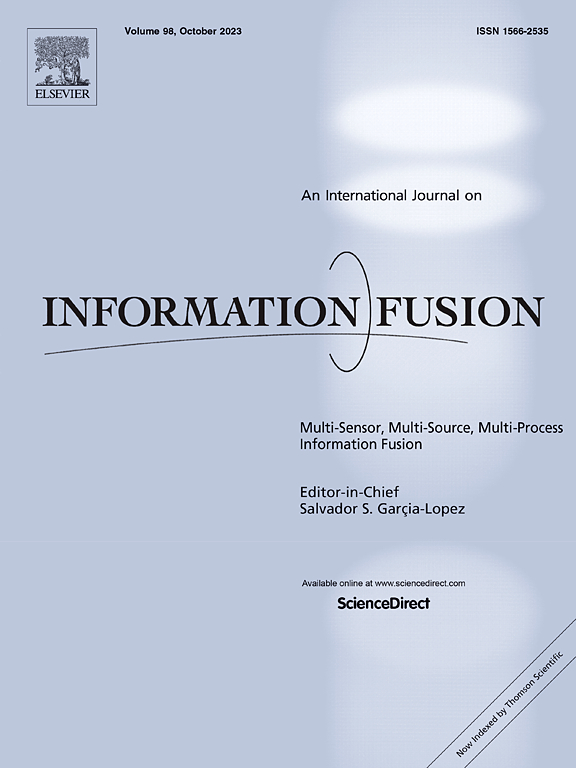Ethically Responsible Decision Making for Anomaly Detection in Complex Driving Scenes
IF 14.7
1区 计算机科学
Q1 COMPUTER SCIENCE, ARTIFICIAL INTELLIGENCE
引用次数: 0
Abstract
The rise of machine and deep learning has revolutionized artificial intelligence (AI) across diverse domains. However, most AI research focuses on optimizing detection accuracy or decision-making precision for specific input data, often overlooking the integration of ethical considerations needed to address the complexities of real-world scenarios. Applications like autonomous driving require not only reliable data processing performance but also strict adherence to ethical principles that align with societal values. This paper introduces an Ethically Responsible Decision-Making (ER-DM) model, wherein ethical principles are mathematically formulated and integrated into the reinforcement learning (RL) framework. To address the challenges in operationalizing abstract ethical principles, we introduce a dual ethical paradigm based on Deontology and Consequentialism, enabling regulatory constraints in state transitions, policy networks and outcome evaluation in reward functions, respectively. Additionally, we propose a novel task, Ethically Responsible Anomaly Detection (ER-AD), which leverages enriched ethical scenario information to classify obstacles into four risk levels based on their ethical abnormality. The ER-DM model is systematically validated in complex driving scenarios through experiments, demonstrating at least a 6% improvement in decision-making accuracy compared to baseline models. Furthermore, by integrating the ER-DM model with deep learning segmentation models, we establish an end-to-end detection system, achieving significant enhancements in image-based anomaly detection tasks.
复杂驾驶场景异常检测的道德责任决策
机器学习和深度学习的兴起已经在各个领域彻底改变了人工智能(AI)。然而,大多数人工智能研究都侧重于优化特定输入数据的检测精度或决策精度,往往忽略了解决现实世界场景复杂性所需的伦理考虑的整合。像自动驾驶这样的应用不仅需要可靠的数据处理性能,还需要严格遵守与社会价值观一致的道德原则。本文介绍了一个道德责任决策(ER-DM)模型,其中道德原则被数学表述并集成到强化学习(RL)框架中。为了解决在操作抽象伦理原则方面的挑战,我们引入了一种基于义务论和结果论的双重伦理范式,分别在状态转换、政策网络和奖励函数的结果评估中实现监管约束。此外,我们提出了一种新的任务,即道德责任异常检测(ER-AD),该任务利用丰富的道德场景信息,根据障碍物的道德异常情况将其分为四个风险级别。通过实验,ER-DM模型在复杂的驾驶场景中得到了系统验证,与基线模型相比,决策精度至少提高了6%。此外,通过将ER-DM模型与深度学习分割模型相结合,我们建立了端到端检测系统,显著增强了基于图像的异常检测任务。
本文章由计算机程序翻译,如有差异,请以英文原文为准。
求助全文
约1分钟内获得全文
求助全文
来源期刊

Information Fusion
工程技术-计算机:理论方法
CiteScore
33.20
自引率
4.30%
发文量
161
审稿时长
7.9 months
期刊介绍:
Information Fusion serves as a central platform for showcasing advancements in multi-sensor, multi-source, multi-process information fusion, fostering collaboration among diverse disciplines driving its progress. It is the leading outlet for sharing research and development in this field, focusing on architectures, algorithms, and applications. Papers dealing with fundamental theoretical analyses as well as those demonstrating their application to real-world problems will be welcome.
 求助内容:
求助内容: 应助结果提醒方式:
应助结果提醒方式:


